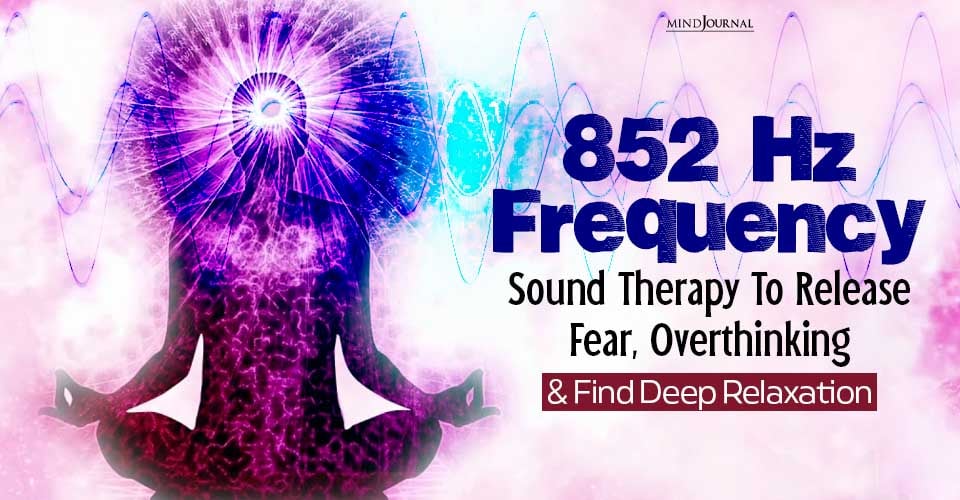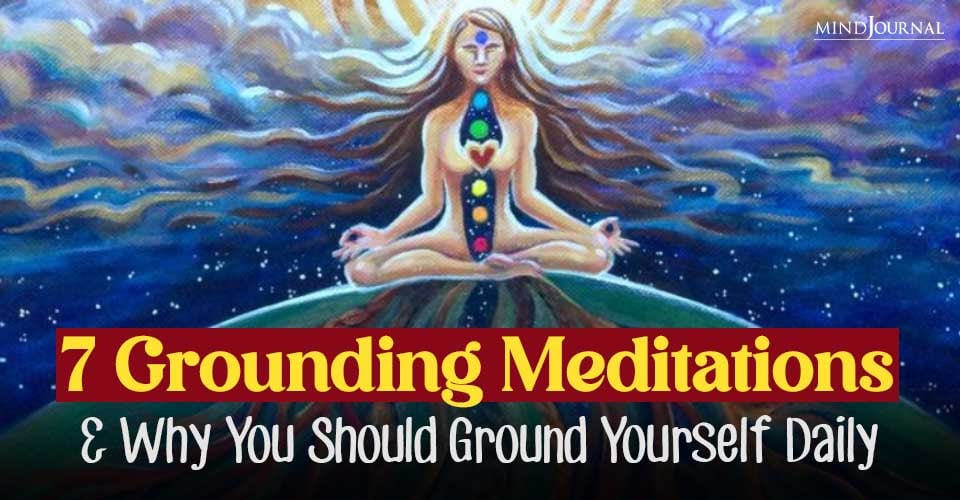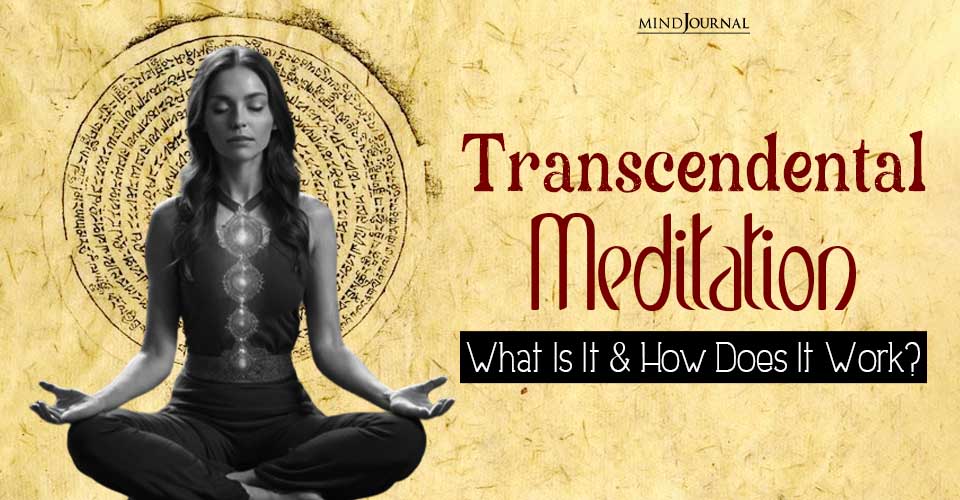Yoga (Yog) comes from the Sanskrit word Yuj means to join. Yoga is a philosophy; a beautiful gift that we ( Indians) have received from our enlightened ancestors. Though we know yoga more for its Asanas, it is much more than that.
Yoga is not a work-out, it is a work-in. And this is the point of spiritual practice; to make us teachable; to open up our hearts and focus our awareness so that we can know what we already know and be who we already are. – Rolf Gates
Let us first cover the most discussed part of yoga; the Yog asanas. Yogasana is not just about attaining those graceful postures but about getting into it slowly, steadily, and retaining it with ease.
As rightly stated by Maharishi Pantajali in YogaSutra,” Sthiram Sukham Asanam,” which means Asana is any steady pleasurable posture.

If one goes through the Patanjali YogaSutra (collection of Sanskrit sutras) that dates back to more than 2000 years, there is no elaborate explanation on Asanas. He’s just mentioned Asanas as the third limb of the eight limbs of Ashtanga yoga.
When one tries to question it, they are left with only one answer; perhaps, during that period people had adept knowledge of Asanas. Also, their journey was beyond attaining those physical postures. It was more about unleashing the higher intellect to achieve the ultimate goal of human life–
Samadhi, which is nothing but realizing- Aham Bramhasmi- I’m that, the part of the Supreme reality.
Health Is A By-Product Of Yoga And Not The Heart Of It.
Yoga is a way of life. It’s a path, which if followed with full discipline would help one to achieve the real goal of human birth.
Yog is discipline and that’s how Maharishi Pantajali commences YogaSutra.
‘Atha Yog Anushasanam’
And immediately in the next verse, he says, ” Yoga Chitta vriddhi nirodha “; that is Yog stops or curtails the modifications of the mind.
Yog is about taming our mind by taming the sense organs. The 4th limb of Yog as suggested by Maharishi Pantajali is Pratyahara that is the withdrawal of the senses. Your mind shouldn’t be controlled by the senses but it should be the opposite. The mind should control them.
Mind is the seat of all emotions and emotions are the cause for all the physical and mental discomforts. Hence when one disciplines the mind they achieve the goal of tranquillity and serenity. A calm mind eventually leads to a healthy body.
Read: 6 Yoga Poses To Release Emotional Pain
To Iron Out The Ripples Of Curiosity Let’s Quickly Understand The Various Stages Of Ashtanga Yoga.
1. Yama ( Satya, Ahimsa, Aparigraha, Bramcharya, Asteya)
2. Niyama ( Saucha, Santosha, Tapas, Swadhyay,Ishwara pranidhana)
(While Yama speaks on how to be a good citizen, Niyama talks about self-discipline.)
3. Asana- This is the third stage of ashtanga yoga which is followed by 4.Pranayama ( which is disciplined yogic breathing)
5. Pratyahara – withdrawal of senses. Basically subduing the senses and taking them towards the inward journey to attain mental peace.
6. Dharna – Initial stage of meditation/ Concentration.
7. Dhyana – Deep meditation
8. Samadhi- Self-realisation
Hence yoga is called Yog Sadhana.
Patanjali YogaSutra(aphorisms) deals purely with philosophy and human psychology. Many other great works succeeded Patanjali YogaSutra namely,
Hathapratipika written by Swatmaram Suri, Gheranda Samhita, Shiva Samhita, all of these come under HathaYoga (balancing of Chandra and Surya Nadis) where one will find the theoretical description of Shatkarmas, Asana, Mudras, Bandhas, Pranayama, Dhyana, Ahar(diet), etc.
All of the aforesaid texts mention the ultimate goal of Human Life to be Self-Realisation.
One cannot forget the brilliant contributions of Swami Vivekananda (he took Yoga to the West), Krishnamacharya Tirumalai, Yogacharya B K S Iyengar in the modern world. I would also take the privilege of mentioning the name of my revered Guru Padmashri Sadashiv Nimbalkar. It is he who encouraged an umpteen number of housewives to take interest in yoga. His motto in life is ‘Har Ghar Mein Yog’ and I must say he has been very successful in creating the right kind of energy and awareness amongst the general population especially women for Yoga.
Now that we have discussed the essence of Yoga in its crisp form; let us focus on the points that one needs to be mindful of while practicing yogasanas.
Read: 6 Yoga Mudras To Heal Common Ailments
7 Things You Need To Be Mindful Of While Practicing Yoga
1. Yoga is for all, irrespective of gender, age, body structure.
However, one needs to take care of the contraindications if in case of any bodily discomforts/limitations. This is where therapeutic postures come into the picture. In therapy yoga, asanas are modified a bit to help one perform it with the least discomfort thus assisting in easing the physical limitations.
2. Do not compete or be in a hurry to attain the final stage of postures.
Each body is different and so everyone would take their own time to achieve the final stage. Yoga requires daily practice, remember it’s a sadhana so take your time and be regular else one might injure oneself in the process.
3. While going into and coming out of yogic postures make sure you keep your eyes open.
One needs to be aware of every muscle movement while practicing asanas, of course, this takes time but that should be the ultimate aim and that’s how it works on improving concentration.
4. Asanas need to be performed slowly, steadily, rhythmically, and gracefully.
Do not rush into postures. Remember you are doing asanas to calm down the mind and body. Speed only agitates the mind. Exercise requires speed and effort, not yogic postures. Asanas should be done effortlessly only then can one attain mental peace and stability.
5. Keep your focus on breath
The way you breathe while getting into, retaining, and at the time of coming out of postures. Try to keep it as normal as possible. One might find it difficult during the initial days of practice but with regularity, it becomes a habit. With sheer dedication and sadhana, one can witness a tremendous improvement in the way they breathe. Believe it or not, most bodily disorders are due to poor breathing and weak digestion.
6. Along with asanas give importance to kriyas too
Internal cleansing- Shatkarmas, that way it works wonders on improving the immunity system.
7. Finally, don’t limit the practices to asanas and breathing alone
Cultivate the interest and curiosity of reading and understanding the scriptures and books written on yog. Yoga is so powerful that if done with dedication and perseverance; it has the power to change even the most rigid mind for good.
Today, on this auspicious day of International Yoga Day, I took this opportunity to share just a tiny drop from the vast ocean of knowledge called Yog. Hope you enjoyed reading it.










Leave a Reply